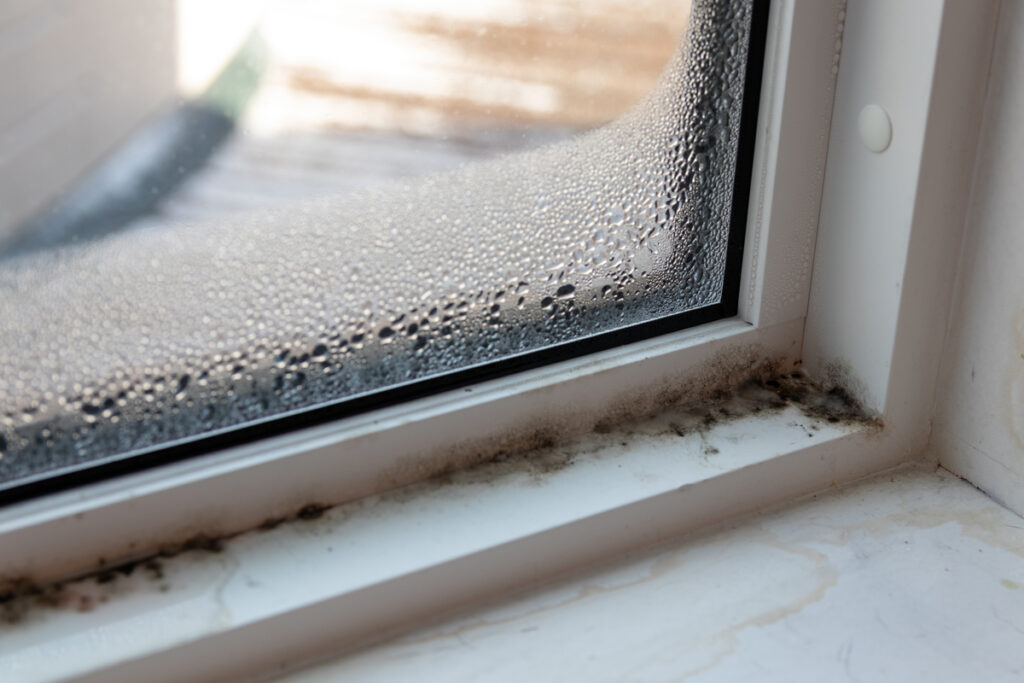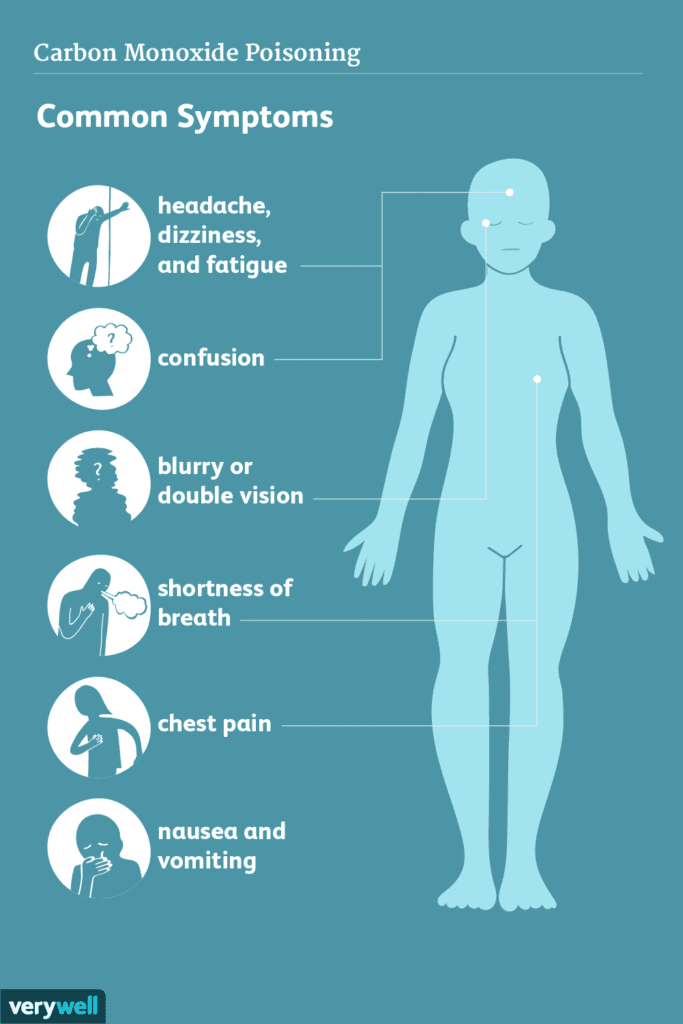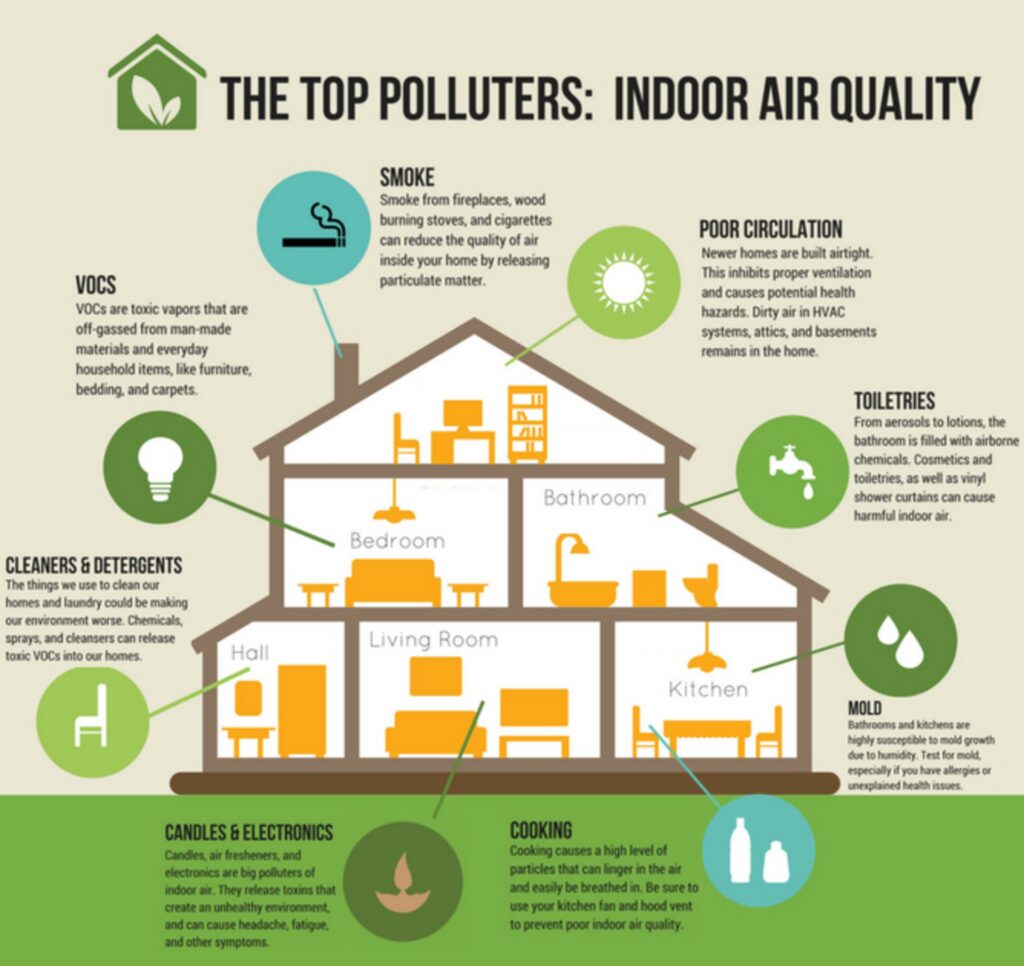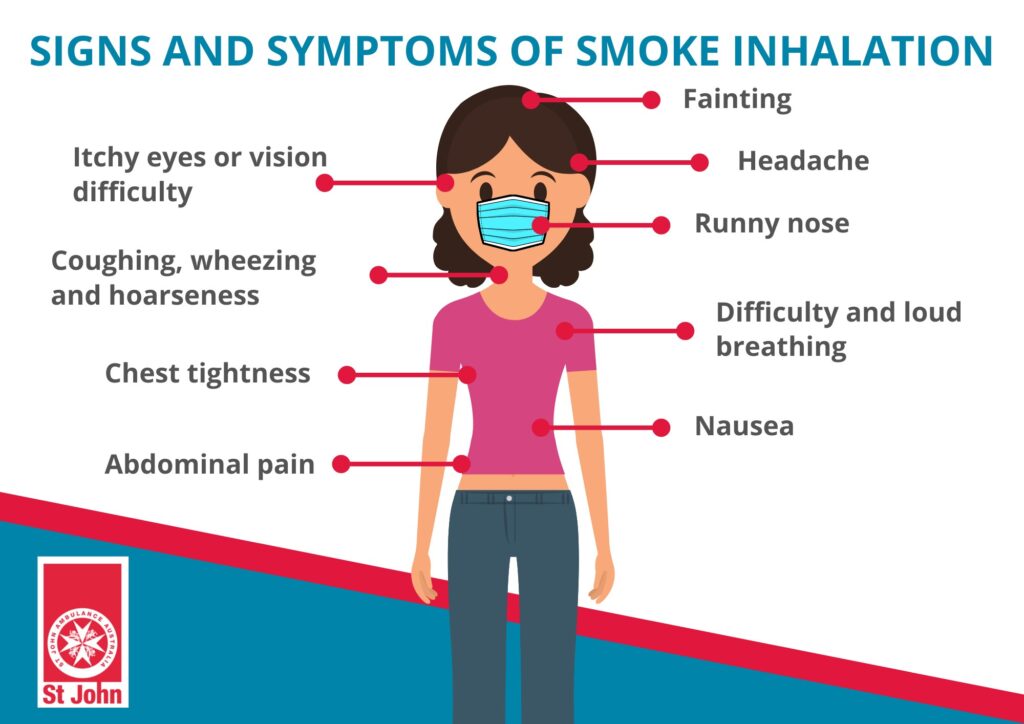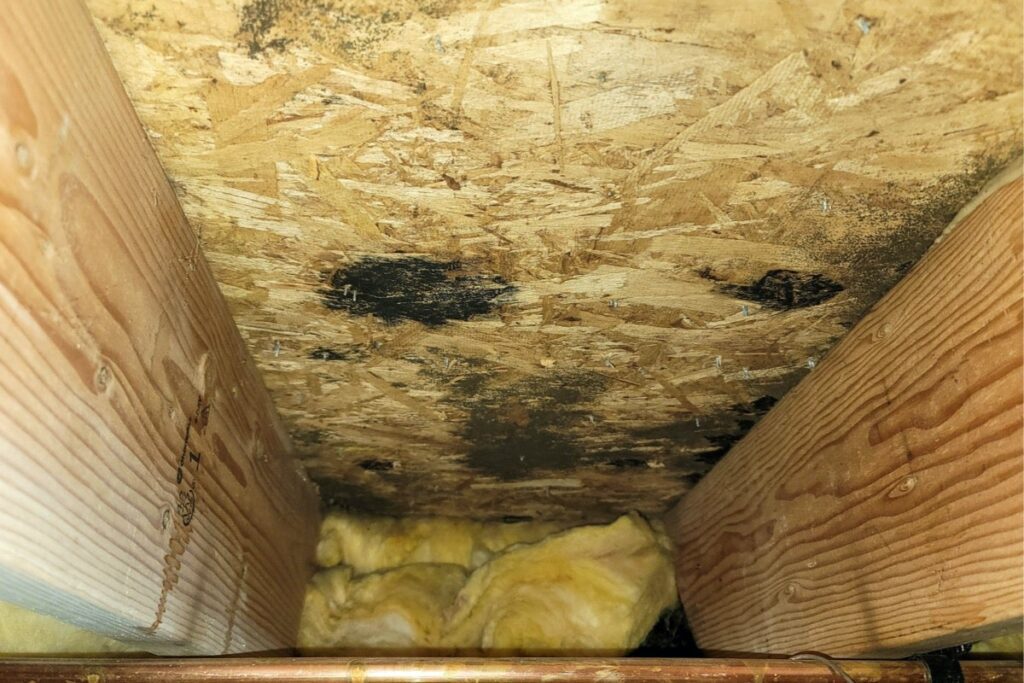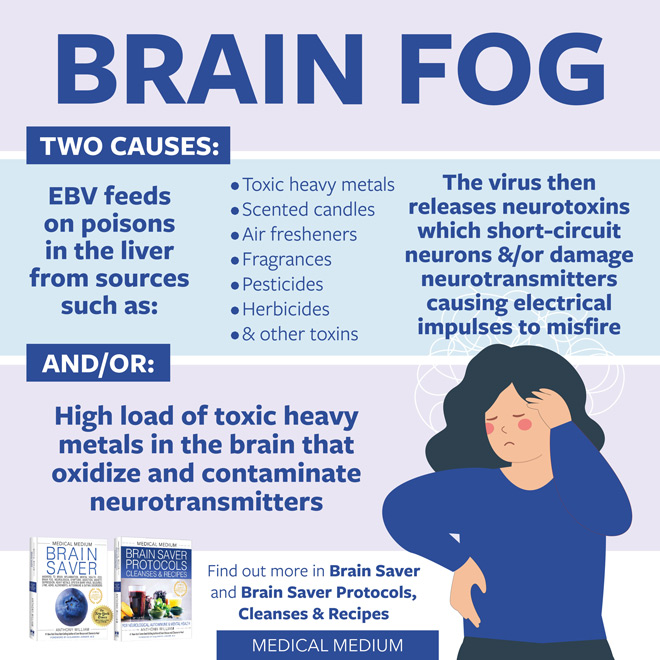If you’re concerned about the air quality in your home or workplace, you may be wondering whether it’s safe to open your windows when the outside air is polluted. While opening windows can help with ventilation and air circulation, it can also expose you to harmful pollutants found in the air.
In this section, we will provide you with insights and information to help you make an informed decision regarding your indoor air environment. We will address concerns surrounding opening windows in environments with poor air quality, and we’ll delve into the factors to consider before deciding whether it’s okay to open your windows or not.
Key Takeaways
- Opening windows in polluted environments can expose you to harmful pollutants.
- Proper ventilation and air circulation are crucial for maintaining healthy indoor air quality.
- Before deciding to open your windows in unhealthy air conditions, consider the risks and factors involved.
Understanding the Effects of Unhealthy Air Quality
Before you decide to open your windows in poor air quality conditions, it’s important to understand the potential risks and implications of being exposed to polluted air.
According to the Environmental Protection Agency (EPA), exposure to unhealthy air quality can lead to a variety of negative health effects. Short-term exposure can result in irritation of the eyes, nose, and throat, as well as headaches, dizziness, and fatigue. Long-term exposure can lead to more serious health problems, including respiratory diseases, heart disease, and cancer.
The risks of opening windows in polluted environments can include increased exposure to harmful pollutants such as particulate matter, ozone, and nitrogen dioxide. These pollutants can come from various sources, including outdoor air pollution, indoor sources like cleaning agents and building materials, and even from cooking or burning candles.
To minimize the risks of exposure to unhealthy air quality, it’s important to monitor air quality levels both indoors and outdoors and take appropriate measures to improve ventilation and air circulation.


“Poor air quality can significantly impact our health, so it’s important to take necessary measures to reduce exposure to harmful pollutants.”
The Importance of Indoor Air Quality
Windows are an essential component of indoor air quality maintenance. Proper window ventilation helps regulate healthy air levels, allowing fresh air to circulate into your living space while expelling pollutants and other harmful particles. While outdoor air can sometimes be more polluted than indoor air, it’s still important to maintain good indoor air quality. Poor indoor air quality can lead to respiratory problems, headaches, fatigue, and other health issues.
When it comes to window ventilation and unhealthy air levels, it’s critical to strike a balance between keeping your living space properly ventilated and minimizing exposure to harmful pollutants. Utilizing high-quality filters in your HVAC system can help capture harmful particles and pollutants before they enter your home, while strategically opening windows at the right times can ensure proper air flow and ventilation.


Improving the overall indoor air quality in your home can also help limit the need to open windows in unhealthy air conditions. Regular cleaning and maintenance of your HVAC system, air filters, and ductwork can help optimize indoor air quality and minimize exposure to pollutants. Additionally, investing in air quality monitoring tools can help you track changes in air quality levels in real time, allowing you to adjust your indoor air quality measures accordingly.
Factors to Consider When Opening Windows in Unhealthy Air Conditions
Opening windows can be refreshing, but when air quality is poor, certain factors should be considered before deciding whether to open your windows or not. Prioritizing your health and well-being is crucial in maintaining a healthy living space. Here are some considerations to keep in mind:
- Check the air quality index (AQI) – Before opening your window, check the AQI in your area. The AQI measures the amount of pollutants in the air and ranges from 0 to 500. If the AQI is above 100, it’s best to keep your windows closed to minimize exposure to harmful particles.
- Consider the time of day – Pollutant levels may be higher in the morning and evening rush hours due to increased traffic and industrial activity. Avoid opening your windows during these times to reduce exposure.
- Take note of outdoor activity – If there are nearby construction sites or events that involve smoke, dust, or other pollutants, keep your windows closed.
- Assess the temperature and humidity – Opening windows can help regulate temperature and humidity levels, but in extreme conditions, it’s best to rely on air conditioning or heating systems to avoid compromising your health.
By considering these factors, you can make an informed decision on whether to open your windows or not when air quality is unhealthy.


Strategies for Safe Window Ventilation
If you’ve decided to open your windows despite poor air quality, there are strategies you can use to minimize risks. Here are some tips to ensure safe window ventilation and healthier indoor air:
- Stay informed: Check your local air quality index (AQI) before opening windows. If AQI is above 100, it’s advisable to keep windows closed. You can find up-to-date AQI information from the Environmental Protection Agency (EPA) website.
- Time window opening: Open windows during times of day with lower pollution levels, such as early mornings or late evenings. This can reduce the amount of pollutants entering your home.
- Strategic window placement: Only open windows that are not facing major sources of air pollution. In urban areas, avoid opening windows facing busy roads or industrial areas.
- Size of window opening: Open windows partially (2-3 inches) instead of fully to reduce the amount of outdoor pollutants entering your home.
- Use air filters: Consider using air filters in conjunction with open windows to further reduce pollutants in your indoor air. HEPA filters are highly effective in capturing pollutants.
By following these strategies, you can safely ventilate your home while minimizing exposure to unhealthy air. Remember to prioritize your health and well-being when making decisions about window ventilation.


Alternatives to Opening Windows in Unhealthy Air Quality
If you live in an area with poor air quality, it’s important to limit your exposure to pollutants as much as possible. While opening windows for ventilation is a common practice, it may not always be the best option. Fortunately, there are alternative methods of improving indoor air circulation that can help maintain a healthier environment.
Air purifiers: One alternative to window ventilation is using an air purifier. Air purifiers work by removing pollutants from the air, improving the overall air quality in your home. They can be particularly useful for people with allergies or respiratory issues, as the filters can trap allergens and irritants.
Exhaust fans: Another option is using exhaust fans to improve air circulation. In areas like the kitchen or bathroom, where air pollutants can accumulate, exhaust fans can remove moisture and odors, improving the overall air quality.


Ducted ventilation: Ducted ventilation systems can also help to circulate air and reduce the concentration of pollutants indoors. These systems work by drawing in fresh air from outside and circulating it throughout the home.
Sealing: Another effective strategy for preventing outside pollutants from entering your home is sealing gaps and leaks. This can be done through weather stripping or caulking around windows and doors, preventing contaminated air from coming inside.
While these alternatives may not provide the same level of ventilation as opening windows, they can help to mitigate the risks associated with poor air quality.
Tools and Technologies for Monitoring and Improving Air Quality
If you want to ensure your indoor air quality is healthy, it’s essential to use tools and technologies that can help monitor and improve it. A wide range of options are available on the market that can work in conjunction with window ventilation systems to enhance indoor air quality.
One of the most effective ways to monitor indoor air quality is to use an air quality monitor. This device can detect hazards such as carbon monoxide, radon, and volatile organic compounds (VOCs), which can have serious health implications if not addressed. By monitoring your space’s air quality, you can take proactive measures to ensure that it is healthy.


Improving air quality is also critical, and air purifiers are an excellent investment. These devices can filter out pollutants and allergens, ensuring that the air you breathe is clean and healthy. Some air purifiers even come with smart technology that can communicate with your phone, allowing you to monitor indoor air quality from anywhere.
Another useful tool for improving indoor air quality is a humidifier. These devices add moisture to the air, providing relief to those who suffer from respiratory issues such as asthma and allergies. By maintaining a healthy humidity level, you can help prevent the growth of mold and other harmful allergens.
Regular maintenance is an essential part of keeping your air quality healthy. Be sure to change your air filters regularly and have your HVAC system inspected at least twice a year. By paying attention to these details, you can ensure that your window ventilation system and other tools work effectively to maintain healthy indoor air quality.
The Role of Maintenance in Ensuring Healthy Indoor Air
Proper maintenance is essential to keep the air quality in your home healthy. Neglecting regular maintenance tasks, such as replacing air filters and cleaning air ducts, can cause pollutants and contaminants to build up in your home.
If you have a window ventilation system, it’s crucial to keep the windows clean and free of debris. Dirty windows can hinder proper airflow, allowing pollutants to enter your home more easily.
Regularly inspect your windows for leaks, as gaps can allow outdoor pollutants to penetrate your indoor space. Seal any leaks promptly to prevent pollutants from entering your home.
It’s also advisable to have your HVAC system and air ducts inspected and cleaned by a professional at least once a year. This can help to remove any accumulated dust, dirt, and debris that could compromise your indoor air quality.
Finally, consider using air quality monitoring tools and technologies to keep track of the air quality in your home. Some of these tools can be used in conjunction with your window ventilation system to provide real-time monitoring of the air quality.


By taking these maintenance steps, you can ensure that your window ventilation system and other air quality systems work efficiently, keeping your indoor air healthy and free of pollutants.
The Role of Maintenance in Ensuring Healthy Indoor Air
It’s not enough to open windows or invest in ventilation systems to maintain healthy indoor air. Regular maintenance is vital in preserving the effectiveness of these systems and ensuring that your living space remains healthy. Here are some essential maintenance routines to keep in mind:
Replace Air Filters Regularly
Your HVAC system’s air filters play a crucial role in trapping pollutants and allergens that can harm indoor air quality. Over time, these filters become clogged, reducing their effectiveness and allowing pollutants to circulate in your home. To prevent this, you should change your air filters at least every three months or more frequently if you have pets, allergies, or live in a highly polluted area.
Clean Ducts and Vents
Air ducts and vents can also trap pollutants, allergens, and dust, and over time, these particles accumulate, reducing the effectiveness of your ventilation system. Regular cleaning of ducts and vents can help prevent this and improve indoor air quality. Consider having a professional cleaning service clean your ducts annually to keep them free from pollutants.
Regularly Dust and Vacuum
Dust and dirt that accumulate on surfaces and carpets can become airborne and exacerbate allergies and respiratory issues. To prevent this, it’s important to dust and vacuum your living space regularly. Consider using a HEPA filter vacuum cleaner, which can trap smaller particles and prevent them from circulating in the air.
By implementing these maintenance routines, you can help keep your indoor air quality at healthy levels and preserve the effectiveness of your ventilation systems. Remember, proper maintenance is crucial in maintaining healthy indoor air quality.
FAQ
Q: Is it safe to open windows with unhealthy air quality?
A: Opening windows in environments with poor air quality can introduce pollutants into your indoor space. It is generally recommended to keep windows closed during times of unhealthy air quality to minimize exposure to pollutants.
Q: What are the effects of unhealthy air quality?
A: Exposure to polluted air can have various negative effects on health, including respiratory problems, allergies, and aggravation of existing conditions such as asthma. It is important to minimize exposure to unhealthy air whenever possible.
Q: Why is indoor air quality important?
A: Indoor air quality directly impacts our health and well-being. Poor indoor air quality can lead to a range of health issues and discomfort. Ensuring good indoor air quality is crucial for creating a healthy living environment.
Q: What factors should be considered when opening windows in unhealthy air conditions?
A: When deciding whether to open windows in unhealthy air conditions, factors such as the severity of air pollution, outdoor allergens, and personal sensitivity to pollutants should be taken into consideration. It is advisable to consult local air quality guidelines and consider alternative ventilation options.
Q: What strategies can be employed for safe window ventilation?
A: If you choose to open windows despite unhealthy air quality, there are strategies you can use to minimize exposure to pollutants. These include opening windows during times of lower pollution levels, using window screens to filter out particles, and ensuring proper sealing of windows to prevent outside air from entering.
Q: Are there alternatives to opening windows in unhealthy air quality?
A: In situations where opening windows is not advisable due to poor air quality, alternative methods of improving indoor air circulation can be used. These include using air purifiers, employing mechanical ventilation systems, and utilizing air filters in HVAC systems.
Q: What tools and technologies are available for monitoring and improving air quality?
A: Various tools and technologies exist for monitoring and improving air quality. These include air quality monitors, smart ventilation systems, and air purifiers with built-in sensors. These tools can help you track and manage the quality of your indoor air.
Q: How does maintenance contribute to healthy indoor air?
A: Regular maintenance, such as air filter replacements and cleaning, is essential for ensuring the effectiveness of window ventilation systems and overall indoor air quality. Proper maintenance helps remove pollutants and keeps the ventilation systems in optimal condition.


